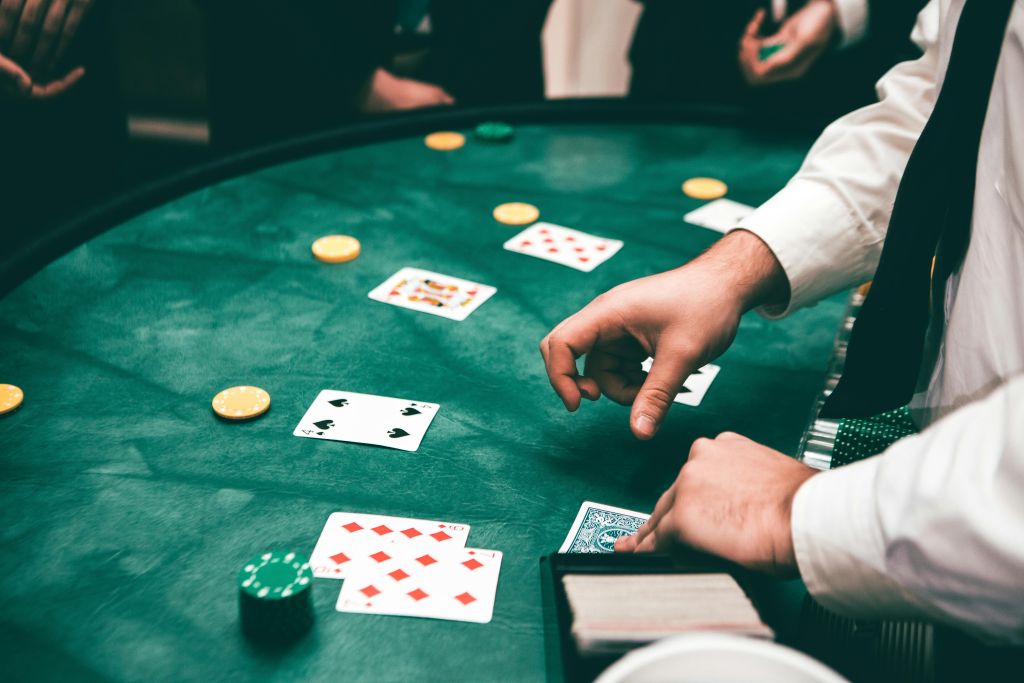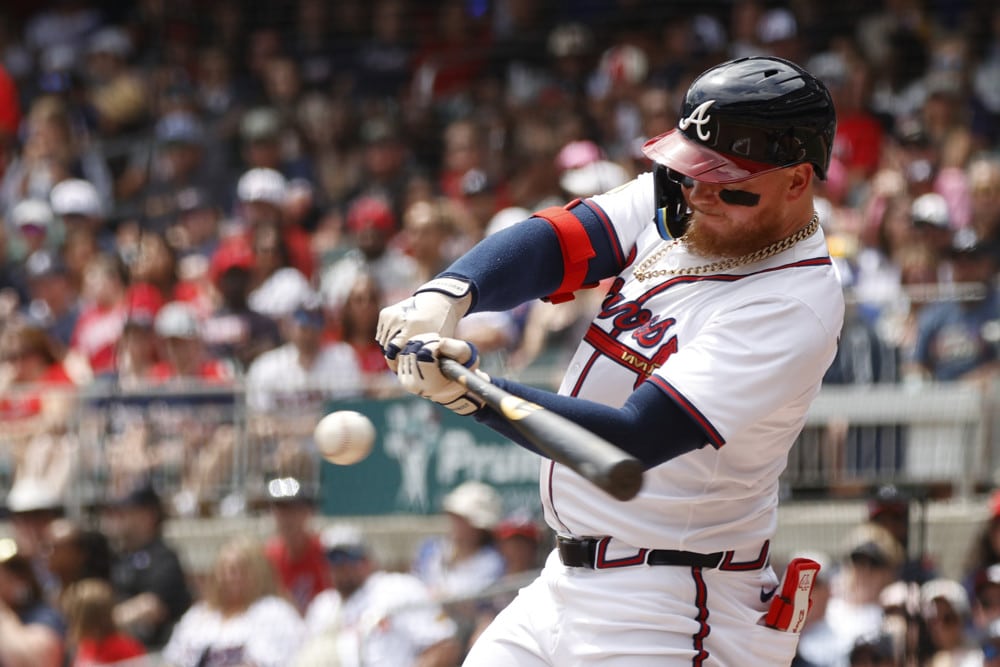Are you wanting to play more online Blackjack but want to learn some strategies beforehand? I don’t blame you. The nice thing about playing blackjack online on BetUs (don’t forget to use promo code SGPN) is you can start with lower dollar hands as you learn what strategies you like to use. Today, we’re going to talk about when to split in blackjack.
There are a lot of different blackjack strategies to consider. For a broader overview, you can check out this article. There will also be an article coming out shortly to teach you when you should and shouldn’t double down. As always, remember to gamble responsibly. Starting online is a great way to start learning the game and ease into it.
When To Split In Blackjack
What Is A Split?
Before we talk about when to split, it would be helpful to describe what a split is. In lamens terms, a split is exactly how it sounds, splitting your hand into two separate hands. You can only do this with specific cards. Splitting your hand can only take place when you’ve received both cards but have not taken a hit (taken another card).
If you’re dealt two cards of the same value, you can split them. For example, if you have two sevens you can split them. You can split two jacks. Any cards of the same value can be split. Just because you can split, doesn’t mean you should. We’ll get into that more in a little bit. Also don’t forget your split isn’t free. You’ll have to lay down an equal amount to your bet in order to split.
It is important to know the rules of the casino you are betting at, whether in person or online. Some places will let you split tens, even if they aren’t both a ten. For example, a ten, jack, queen, and king all hold the value of ten. Certain casinos will let you split them since both are ten. Others won’t allow it unless they’re the same face cards.
When To Split
So how do you know when to split in blackjack? There are a lot of debates on when to split, however, for me, it mainly depends on what the dealer is showing. The idea behind splitting is to take advantage of the dealer’s hand when they are showing a bad starting card. You want to maximize your opportunity to win more money by creating two hands out of your one.
If I’m dealt two threes and the dealer is showing a ten, there is no way I would split. starting with two different hands of three just maximizes my chances of losing, not winning. Therefore a lot of our rules are dependent on what the dealer is showing. It is usually advised to split when the dealer is showing a 2, 3, 4, 5, or 6.
The idea behind this is you know the dealer has less than 17 and will have to take a card. You’ll be hoping for a bust at that point. However, there are some instances in which this isn’t advised. Let’s dive in some more.
Splitting Aces
Most players agree that you should always split aces in blackjack. You’re dealt that first ace and you’re sitting there hoping for a face card to give you a blackjack. Instead, you get another ace. The bad news is your hand is now either a two or twelve. The good news is, you have a chance at getting two blackjacks.
When you split aces in blackjack at most casinos, you only get one additional card per ace. Any other split you can play like a regular hand. However, when you split aces, you will only get one card. Even if the dealer is showing a 7, 8, 9, or 10, I still recommend splitting. You could get blackjack in two hands and end up getting three times your original bet.
Splitting Eights And Nines
When you’re dealt two eights you have sixteen. The dealer has to play up to seventeen. Therefore, it’s recommended that you always split eights. This gives you an opportunity of being dealt two eighteen, or at least something more to play off of. Maybe you’ll get a three and have eleven. Despite what the dealer has, you create a more competitive hand statistically by splitting.
If you’re dealt a two or three after your split, you can double down on that as well. We’ll have another article explaining the double-down strategy in the next coming days.
When it comes to splitting nines, you should always split if the dealer is showing a 2, 3, 4, 5, or 6. Even though you already have a good hand with eighteen, if the dealer is showing a lesser card, you can get an advantage on two hands by splitting the nines with the hopes of getting dealt another high card. The downfall is, that you could get a four or five and have thirteen or fourteen. Those can be hard hands to deal with.
However, you hope that the dealer is going to have to take a card and bust. It isn’t recommended to split nines when the dealer is showing a seven, eight, nine, or ten.
Never Split Fours, Fives, or Tens
Splitting fours, fives, or tens isn’t advisable. You have to go under the assumption that if you split fours or fives, you end up with two hands lower than the dealer. When you have two fours you already have eight, which is a borderline double-down hand, depending on what the dealer is showing. The same is true if you have fives, making your hand total ten.
When you have tens, you have a 20. This means only one dealer score can beat you. Therefore, it isn’t advisable to split tens. Keep the 20, and hope the worst-case scenario is a push.






















